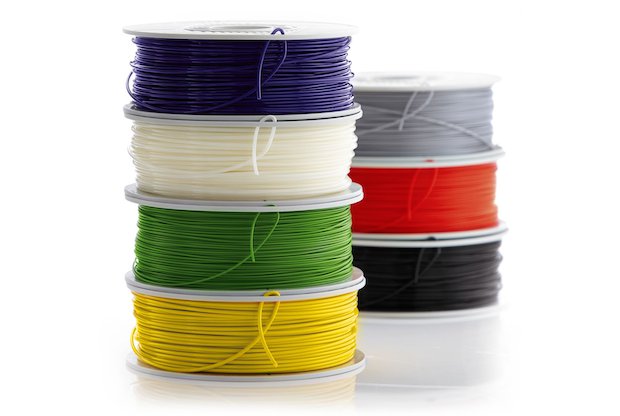Different Uses Of 3D Printing Materials In The Field Of Nanotechnology

Nanotechnology is a modern branch of science that deals with measuring, engineering and developing technologies with very minute-sized particles that range between 1 and 100 nanometers. 3D printing is a major technique that benefits many scientists handling experiments in nanotechnology. Hence, they need to buy suitable materials that can be used in 3D printing, to meet their requirements in science labs. They can get the essential knowledge about these important materials from the internet.
Prime 3D printing materials with non-metallic features
Carbon is the most effective element that is used in nanotechnology. Graphene and graphyne are two main allotropes of carbon that are widely chosen as 3D printing materials. Scientists and commercial manufacturers need these single-layered materials for creating sensors, electrical circuits, minute transistors, and nanofillers. Now, strong touchscreen of LED TVs and mobiles are also made of these carbon allotropes.
Carbon filaments of different dimensions are also used for 3D printing of different scientific tools. Though very lightweight, these filaments make highly durable equipment by using 3D printing technology. Hence, manufacturers need to buy bulk amounts of these materials from reputed suppliers. However, the required lengths and thicknesses of such filaments should be mentioned while buying online.
Carbomorph is a type of plastic that is modified by adding carbon. This non-metallic alloy is used for manufacturing parts of Lithium ion batteries and electromagnetic circuits fitted in many electronic appliances. The high durability is the main benefit of using such materials in 3D printing, for the development of nanotechnology.
Few metallic materials used in 3D printing for scientific uses
Aluminum is a lightweight and durable metal that has numerous uses. Moreover, it is combined with Silicon or Magnesium, to form strong alloys that make different scientific tools to bear heavy loads. Moreover, aluminum and its alloys have special thermal properties, for which these 3D printing substances provide best results in many scientific experiments.
Steel is an alloy of iron and carbon, which is rapidly used in all fields of life. Stainless steel is more preferred for manufacturing various apparatuses needed for experiments in labs. As steel is corrosion-resistant, highly durable items can be produced by 3D printing. Prototypes of many industrial products are also made by 3D printing of stainless steel, due to the toughness of this material.
Gold, silver and nickel powders are used for electropolishing the finished products in many industries. Such finish is essential to render extra glaze to these products, to make them more attractive to potential customers when displayed for sale. Nickel and titanium are combined to form nitinol while bronze is formed by combining copper with other metals. These two alloys are also known to be useful 3D printing materials applied for scientific purposes.
Titanium is another metallic element with silvery luster, huge physical strength, and resistance to corrosion. Hence, it is used to form the inner layer of many scientific apparatuses, which is created through 3D printers. Now, this metal is also used in manufacturing medical implants and also in aeronautical industry.
All these materials are available from different reputed suppliers, which can be put into uses with the help of 3D printing procedure.


Comments
Post a Comment